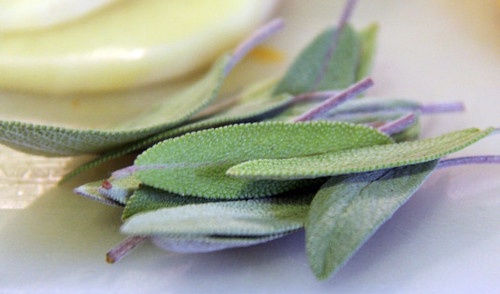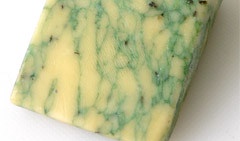Sage (Salvia officinalis) is a perennial, evergreen shrub, with woody stems, grayish leaves, and blue to purplish flowers. It is a member of the mint family and native to the Mediterranean region, though it has been naturalized in many places throughout the world. It has a long history of medicinal and culinary use, and in modern times it has been used as an ornamental garden plant.
In Britain, sage has for generations been listed as one of the essential herbs, along with parsley, rosemary, and thyme. It has a savory, slightly peppery flavor. Sage appears in the 14th and 15th centuries in a "Cold Sage Sauce", known in French, English and Lombard cuisine, probably traceable to its appearance in Le Viandier de Taillevent.
It appears in many European cuisines, notably Italian, Balkan and Middle Eastern cookery. In Italian cuisine, it is an essential condiment for saltimbocca and other dishes, favored with fish. In British and American cooking, it is traditionally served as sage and onion stuffing, an accompaniment to roast turkey or chicken at Christmas or Thanksgiving Day, and for Sunday roast dinners. Other dishes include pork casserole, Sage Derby cheese and Lincolnshire sausages. Despite the common use of traditional and available herbs in French cuisine, sage never found favor there.

